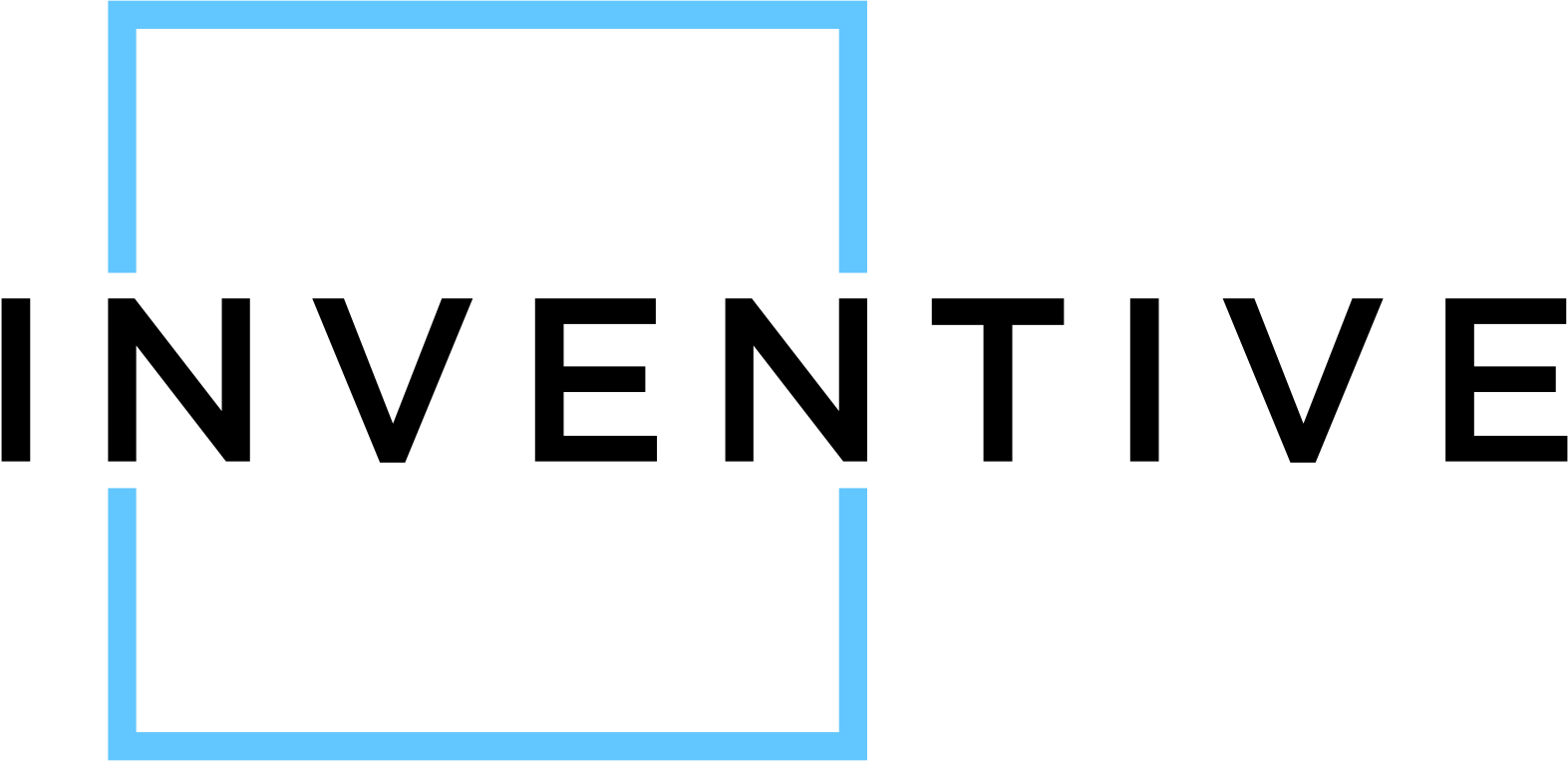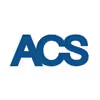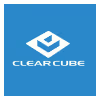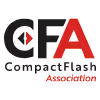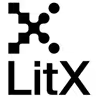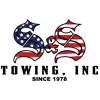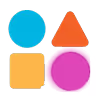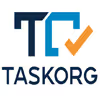Design Strategy That Actually Goes Somewhere
.avif)
Our Design process transforms hand-wavy business goals into bold, buildable blueprints
Look, we’ve all seen the “vision” deck that makes everyone nod but no one act. Strategy Design is how we turn those vague ambitions into a clear, validated, and prioritized plan that your teams can run with—without running in circles. It’s like giving your product a GPS, but one that factors in traffic, gas money, and whether the car even works. Before we plan what to build, we make sure we know why, who for, and how it's going to win.
💸 Ready to Put DESIGN STRATEGY Into Action?
Because aesthetic alone won’t get you product-market fit.
.avif)
Design Strategy, Defined (No Theater Required)
.avif)
Forget fluff. Design strategy isn’t about dazzling stakeholders with glossy presentations or dreaming up vague “North Stars” no one remembers next week. It’s not buzzwords, vibes, or whiteboard drama.
It is a fast-moving, evidence-backed, collaboration-powered process that gets to the heart of five critical questions:
- What are we building?
- Why does it matter?
- Who’s it for?
- How does it drive real business value?
- What does your team need to pull it off?
We connect user insights, tech realities, and market context into strategic hypotheses—and then pressure test them until they’re solid. No theory-for-theory’s-sake. Just clear direction and a buildable roadmap that moves you from “we have an idea” to “we’re shipping value.”
Design chaos isn’t just ugly—it’s expensive.
Most teams know design matters—but without a clear strategy, it turns into debt, delays, and derailed innovation. Great products don’t start with wireframes. They start with alignment. Strategic design is how you get there.
of SMBs
say digitalization is essential
of Product Teams
say design debt is their top issue
of Innovation Efforts
stall due to unclear design direction

Design Isn’t a Step—It’s a Signal
Skipping design is like trying to assemble IKEA furniture without the manual: frustrating, chaotic, and somehow you end up with five extra screws and no seat. When product teams overlook design strategy, the result isn’t just a messy interface—it’s a messy process, broken alignment, and features nobody asked for. With the right design approach, teams don’t just move—they move in sync, with purpose.
💔 The human cost?
Teams burn out delivering "urgent" features that quietly die post-launch because no one checked if users even needed them.

How It Works (Step-by-Step)
Here’s the playbook we run with our clients. It’s part strategy, part therapy, and part prototype ninja magic.
1. The Kickoff Calibration

Before we design anything, we align everything.
From stakeholders to strategy to that elephant in the room no one wants to mention—we surface it all. This kickoff isn’t just a formality; it’s where assumptions get tested, vision gets sharpened, and alignment becomes action-ready.
2. Make Sense of the Maze

Because “we think users want this” is not a strategy.
Before we design features, we diagnose the facts. This phase dives deep into your business model, user needs, tech stack, and market dynamics—not just to research, but to translate noise into insight. We connect the dots between what users want, what tech allows, and where competitors are vulnerable. The result? A blueprint rooted in reality, not assumptions.
3. Hypotheses That Actually Hold Water

Because bold ideas need guardrails—not glitter.
We don’t throw ideas at a whiteboard and hope something sticks. We shape clear, testable hypotheses grounded in business goals, user insights, and technical feasibility. Then we design experiments to prove (or kill) them quickly. Every bet comes with a rationale, a measurement plan, and a built-in path to buy-in.
“If we simplify onboarding, we’ll improve retention by 20% in 3 months.”
Welcome to the grown-up version of brainstorming.
4. Playback Loops & Team Buy-In

If your team isn’t aligned, your strategy’s just an expensive suggestion.
Let’s be honest: most strategy falls apart somewhere between the kickoff and the kanban board. People nod in meetings, smile through presentations, and then go back to interpreting the plan through their own lens—and suddenly you’ve got five teams building five different versions of success.
That’s why we run playback loops. These aren’t polite reviews. They’re stress tests designed to catch confusion early, surface misalignment fast, and build a real sense of shared ownership. It’s where questions get answered, assumptions get challenged, and decisions actually stick.
Because clarity isn’t handed down—it’s earned together.
5. Roadmap & Activation Planning

From great ideas to beautifully executable design
Design doesn’t stop at the figma file. This is where we shape all the strategic clarity we’ve built into a visual, actionable plan—complete with design intent, delivery milestones, and buy-in baked in. The result? A roadmap that's as user-centered as it is team-friendly.
This isn’t a dusty Gantt chart or a vague wish list. It’s the blueprint for building the right thing, the right way—with space for iteration, experimentation, and scaling what works.
Product managers love it. Designers stay unblocked. Engineering doesn’t have to “figure it out later.”
🚨 Skipping Design Strategy? That’s How You Ship Chaos
The teams that shortcut design don’t just move fast—they break things. Like trust. Budgets. Morale.
Meanwhile, your competitors are using strategy-led design to clarify what to build, align their orgs, and ship solutions that actually matter. The difference? A process built for impact—not just mockups.
of Execs
say customer experience is their top priority
of Redesign Budgets
are wasted without clear roadmap prioritization
of Organizations
admit design decisions lack stakeholder alignment

What You’ll Love (and What Might Keep You Up at Night)
Is This Right for You?

From Post-Its to Production: Let’s Get to Work.
Because well-designed strategy deserves better than dying in Figma.

What Happens After the Whiteboard
“Strategy is just a beautiful hypothesis—until someone’s brave enough to commit.” That’s our job: to make it so clear (and so convincing) that no one wants to go rogue.
At Inventive, we treat product strategy like software: iterative, testable, and built to scale. Every decision we design—from user flows to feature prioritization—is grounded in real constraints, real data, and real users.
This isn’t surface-level UX. We map the logic, align the teams, and build the connective tissue between vision and delivery. When a client’s $2M AI feature turned out to be solving a problem no one had? Our design process caught it before a single sprint burned.
That’s the power of a strategy designed to ship smart—not just ship fast.
